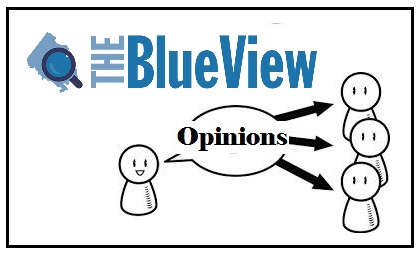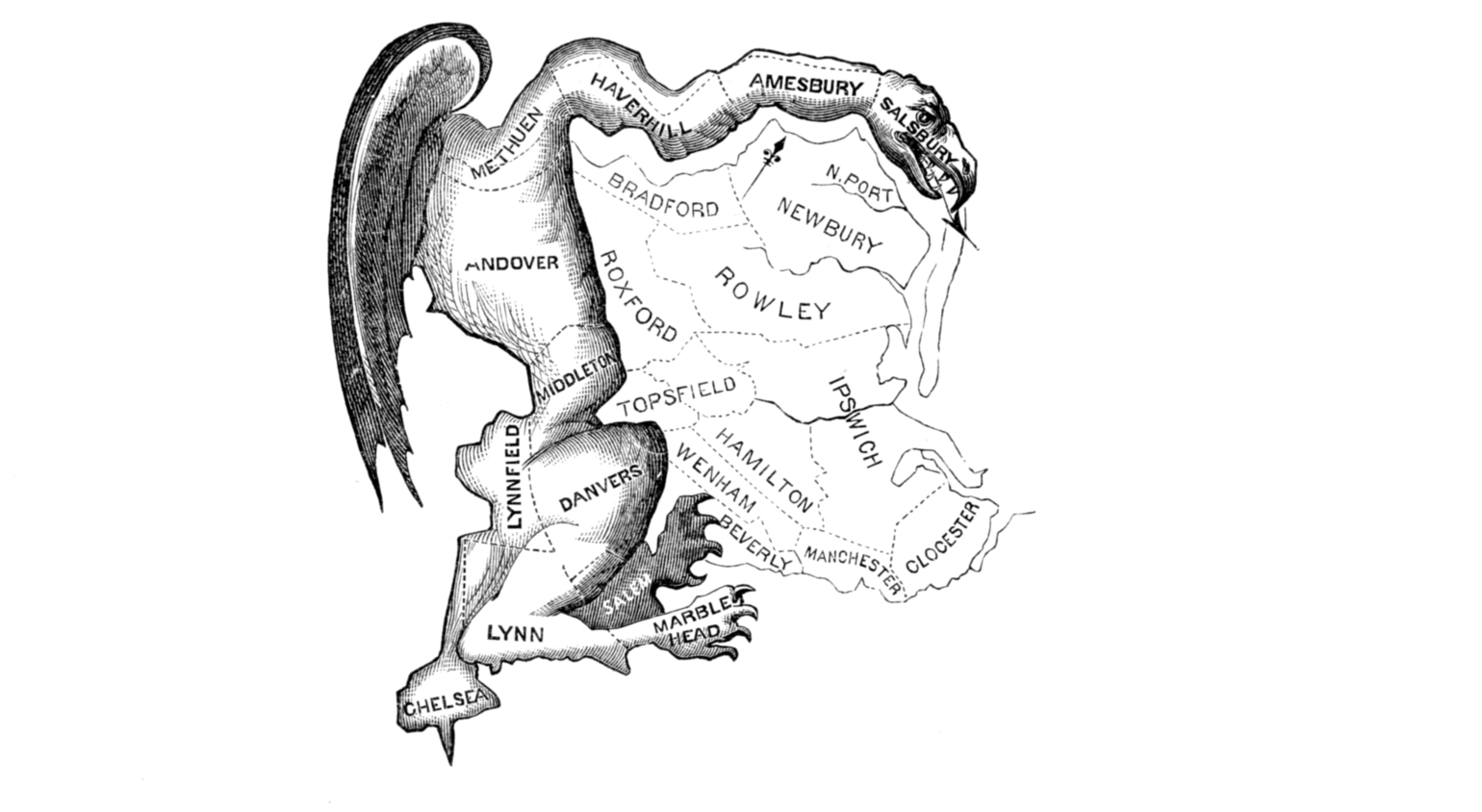By Marcus R. Motta:
Am I sick of Republican gerrymandering? Yes, and I am proud that I helped Democrats win control of both houses of the Virginia legislature last November. I wish I could have done more, like a lot of other volunteers did, but to the point, I don’t want that work to be squandered.
The problem is that although Democrats worked hard to make Virginia blue, we still have a red state Supreme Court, and that could ruin our chances to reform the current district mapping process.

Let’s be honest: both Republicans and Democrats are guilty of gerrymandering districts in American history. None of us are innocent, but the Republicans took it to a new level with the Redistricting Majority Project, or REDMAP, which, starting in 2010, put new energy and focus into gerrymandering permanent GOP majorities in states they controlled.
Democrats were asleep at the wheel during the Obama administration when it came to politics at the state level, and that resulted in Republicans winning control of state legislatures and governorships throughout the country.
In Virginia and elsewhere, the Republicans used their victories to consolidate power by redrawing legislative and congressional districts after the 2010 census, making it harder for Democrats to win those seats back. They also used their new-found legislative power to pass laws making it more difficult for Americans to vote, especially those who they thought would be inclined to vote Democratic, such as minorities and people with a smaller piece of the economic pie.
In Virginia, we now have an opportunity to reform the district drawing process, but the constitutional amendment on the table is fatally flawed.
Senate Joint Resolution 306 was passed in February 2019 by a General Assembly controlled by Republicans. To take effect, it now must be passed again, word for word, by the Assembly, and then approved by the voters this coming November.
The amendment certainly is more inclusive than a purely legislative process.
It would create a 16 member Redistricting Commission tasked with approving boundaries for state Senate and House of Delegate districts and U.S. House districts. The commission would be composed of eight legislators drawn equally from Democrats and Republicans in the General Assembly, and eight private citizens selected by a panel of retired circuit court judges from a pool of candidates nominated by both political parties. (For a fuller description, click here.)
Now we come to the problem: it takes a supermajority of 12 commissioners to approve the maps. If the commission cannot agree, the task of drawing the districts passes to the Virginia Supreme Court. The buck also passes to the court if the Committee agrees on a plan but the General Assembly does not.
Unfortunately for Democrats, four of the seven Supreme Court justices were appointed by General Assemblies controlled in both houses by Republicans. Two more were appointed by split Assemblies, but they are both considered conservative. Only one justice is considered a liberal.
If Republicans don’t like the deal they are getting from the commission, they can simply vote against the plan, with a conservative Supreme Court as a firewall.
We have seen that Republicans, whether in the majority or minority, are very skilled at throwing a wrench in the plans of Democrats. They know how to fight and they don’t have the altruistic attitudes that many Democrats have. What they want is the power to push their agenda and obstruct the Democratic agenda. They are not concerned about democratic pluralism.
So, with that in mind we must ensure that any plan to end or limit gerrymandering in Virginia resists Republican manipulation.
It’s not too late. Some Democratic legislators have expressed reservations about the legislation, as I do. Let’s table the plan designed by Republicans and implement one designed by Democrats. After all, that’s what Republicans would do!

Marcus R. Motta is a member of the Springfield District Democratic Committee
Main image: The original “gerrymander” from 1812: a district in Massachusetts drawn by the legislature to favor the candidates of the majority party, headed by Gov. Elbridge Gerry — so-called for its resemblance to a salamander
Like this story? Share it on social media!

